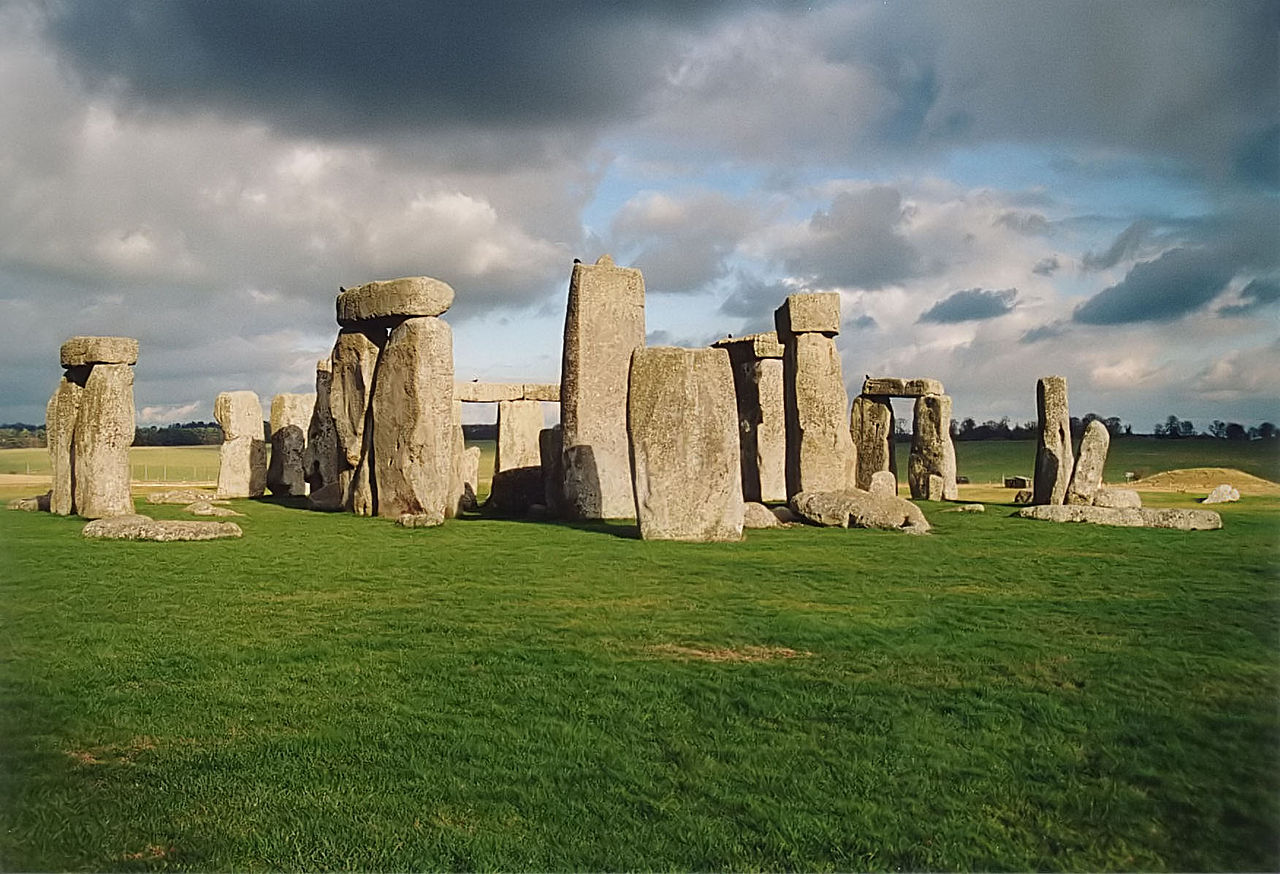WORLD HERITAGE SITES – BACKGROUND
Adopted by UNESCO in 1972, the World Heritage Convention established the World Heritage List as a means of recognising that some places are of sufficient global importance for the international community as a whole to oversee their conservation. 
One hundred and fifty-six nations adhere to the convention, and in doing so they pledge to care for the World Heritage Sites in their territory as part of protecting their national heritage.
UNESCO’s World Heritage Committee is the focus for operation of the World Heritage Convention.
In assessing sites for inscription, the Committee is advised by experts – the International Council on Monuments and Sites (ICOMOS) and the International Union for the Conservation of Nature (IUCN).
 The Committee also administers other aspects of the World Heritage Convention, including monitoring of the condition of Sites.
The Committee also administers other aspects of the World Heritage Convention, including monitoring of the condition of Sites.
The UK was successful in its bid to become a member of the World Heritage Committee in October 2001, but has agreed to serve only a four-year term (rather than six) in order to ensure that the Committee is globally representative.
In recent years the Committee has attempted to secure a better balanced World Heritage List by encouraging nominations from parts of the world, such as Africa, Asia and the Pacific region, which are not currently well represented.
Since 2002 state parties have also been restricted to one nomination per annum, up to a total of 30 worldwide.
World Heritage Sites are nominated by the appropriate nation state. They are then evaluated by either ICOMOS and/ or IUCN. The final decision is taken by the World Heritage Committee.
Before a site can be inscribed on the World Heritage List the Committee now insist on the preparation of a management plan.
In order to assist the Committee in evaluating potential sites within the widest possible context, nation states are require to submit a Tentative List of proposals likely to be put forward over a five to ten year period.
In June 1999, the DCMS sent UNESCO a Tentative List of 25 sites in the UK from which further nominations would be made. Four sites from this list – New Lanark, Derwent Valley Mills, Saltaire and the Dorset and East Devon Coast (Natural) – were inscribed by the World Heritage Committee at its meeting in Helsinki in December 2001.
Following decisions taken at the June 2002 World Heritage Committee meeting in Budapest the List comprised of 730 sites in total, of which 24 belong to the UK.

WELL-KNOWN GLOBAL WORLD HERITAGE SITES
(as at January 2003 – Year of Inscription shown in brackets)
Great Barrier Reef, Australia (1981)
Historic Centre of Vienna, Austria (2001)
Canadian Rocky Mountain Parks, Canada (1984)
Great Wall of China, China (1987)
Galapagos Islands, Ecuador (1978, 2001)
Historic Centre of Prague, Czech Republic (1992)
Memphis and its Necropolis, Pyramid Fields from Giza to Dahshur, Egypt (1979)
Paris, Banks of the Seine, France (1991)
Palace of Versailles, France (1979)
Acropolis, Greece (1987)
Vatican City, Holy See (1984)
Budapest, the Banks of the Danube and the Buda Castle Quarter (1987, 2002)
Taj Mahal (1983)
Masada, Israel (2001)
Historic Centre of Florence, Italy (1982)
Venice and its Lagoon, Italy (1987)
Historic Monuments of Ancient Kyoto, Japan (1994)
Petra, Jordan (1985)
Kremlin and Red Square, Russian Federation (1990)
Ancient City of Damascus, Syrian Arab Republic (1979)

“Aerial Tower of London” by Rafa Esteve – Own work. Licensed under CC BY-SA 3.0 via Wikimedia Commons.
UK’s WORLD HERITAGE SITES
(as at January 2003 – Year of Inscription shown in brackets)
Giant’s Causeway (Natural) (1986)
Ironbridge Gorge (1986)
Stonehenge, Avebury and associated sites (1986)
Durham Castle and Cathedral (1986)
Studley Royal Park and Fountains Abbey (1986)
Castles and Town Walls of King Edward in Gwynedd (1986)
St Kilda (Natural) (1986)
Blenheim Palace (1987)
City of Bath (1987)
Hadrian’s Wall (1987)
Westminster Palace, Westminster Abbey and St Margaret’s Church (1987)
Henderson Island (Natural – Pitcairn Group) (1988)
Tower of London (1988)
Canterbury Cathedral, St Augustine’s Abbey and St Martin’s Church (1988)
Edinburgh Old and New Towns (1995)
Gough Island Wildlife Reserve (Natural – St Helena Group) (1995)
Maritime Greenwich (1997)
Heart of Neolithic Orkney (1999)
The Historic Town of St George, Bermuda, and Related Fortifications (2000)
Blaenavon Industrial landscape (2000)
Dorset & East Devon Coast (Natural) (2001)
Derwent Valley Mills (2001)
New Lanark (2001)
Saltaire (2001)